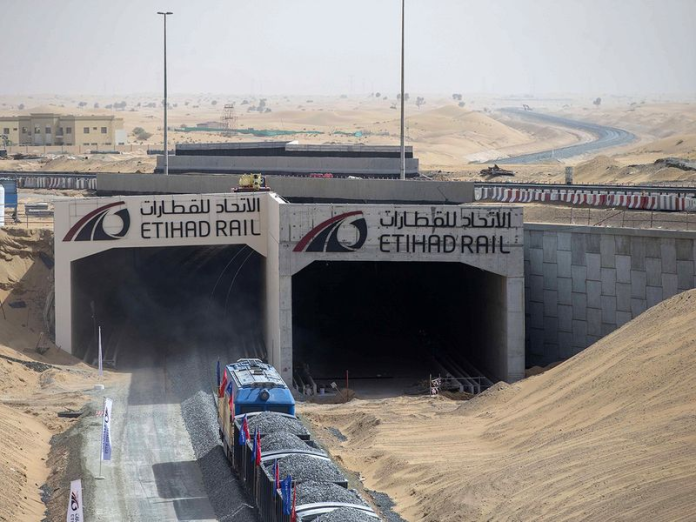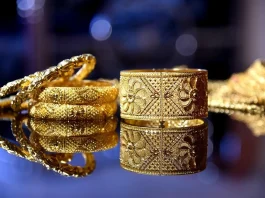A top official on Tuesday confirmed that a new passenger station of the Etihad Rail will be located in Fujairah’s Sakamkam area. This announcement was made at the first ever Global Rail conference which kicked off in Abu Dhabi.
“We are connecting 11 cities and regions,” said Adhraa Almansoori, Director of Public Policy and Sustainability at Etihad Rail. “We already announced two locations of the passenger stations. The first one is going to be at Sakamkam in Fujairah and the second one is going to be in Sharjah, University City.”
She revealed further details of the project. “The passenger network will utilize the same infrastructure as the freight trains network,” she said. “The maximum speed of our passenger trains will be 200kmph and by the year 2030, we are hoping to transport 36 million passengers.”
However, she said it was not yet time to reveal when the much awaited passenger service would begin operations. “That will be announced when the time is right,” she said. “We are currently in discussions with multiple manufacturers for our passenger locomotives so that we ensure the sustainability and resilience of our suppliers.”
The 900-km-long Etihad Rail, when completed, will connect all seven emirates and 11 major cities from Ghuweifat to Fujairah and beyond. The UAE is also the first Gulf country to have announced the rail connection to its neighbouring countries.
“We established a company called Hafit Rail, which is a joint venture between Mubadala, Oman Rail, and Etihad Rail,” she said.
“It has been named after the Hafit mountain that connects the UAE and Oman. The network is going to be more than 300 kilometres. In fact, at Global Rail this morning, they announced the financing of this project. It’s going to be connecting UAE all the way to Sohar port, which is one of the major ports in Oman. In the future, we will also be covering the passenger services for Hafit Rail.”
Earlier, officials had revealed the location for the station in Sharjah which would be built near University City.
Global Rail
The three-day Global Rail conference will bring together over 150 senior representatives from across the global transport value chain, including ministers, industry leaders, and stakeholders to discuss the future of rail transport across the country.
At the event, a sample Etihad Rail passenger train compartment was set up for visitors. Inside, grey leather seats with the iconic Etihad Rail logo were lined up. At the front of the compartment, a video simulation took passengers through a virtual journey along the Etihad Rail, starting from Ghuweifat station.
One of the most keenly awaited projects in the country, the Etihad Rail began operating a route that spans 264km in 2016, transporting freight including granulated sulphur. In 2023, freight operations began across the full 900 kilometres of the network.
“The freight train itself has a maximum speed of 120kmph, and by the year 2030 we are anticipating to move 30 million tons of materials,” said Almansoori. “We have two types of freight services- one is the aggregate business, such as construction materials and sulphur. Then we have the second line of business, which is called the intermodel, which is anything that is containerised.”
The freight network has 11 terminals, four of which are connected to ports, strategic ports. These are the ports of Ruwais, Khalifa, Jebal Ali, and Fujairah.
Sustainability is key
According to Almansoori, sustainability is an important factor for the Etihad Rail. “We estimate that by the year 2050, the railway industry is going to contribute to a reduction of 21 per cent of CO2 emissions from the land transportation sector, which is equivalent to 8.2 million tons annually. This is a significant achievement for the UAE,” she said.
She noted that throughout the project, the network has taken care to maintain the flora and fauna of the country. “As you can see, the network is not designed in an easy terrain,” she said.
“We have desert, we have salty bodies, and also we have mountains. So, navigating all of this while maintaining the sustainability of the biodiversity in the region was key for us.”



